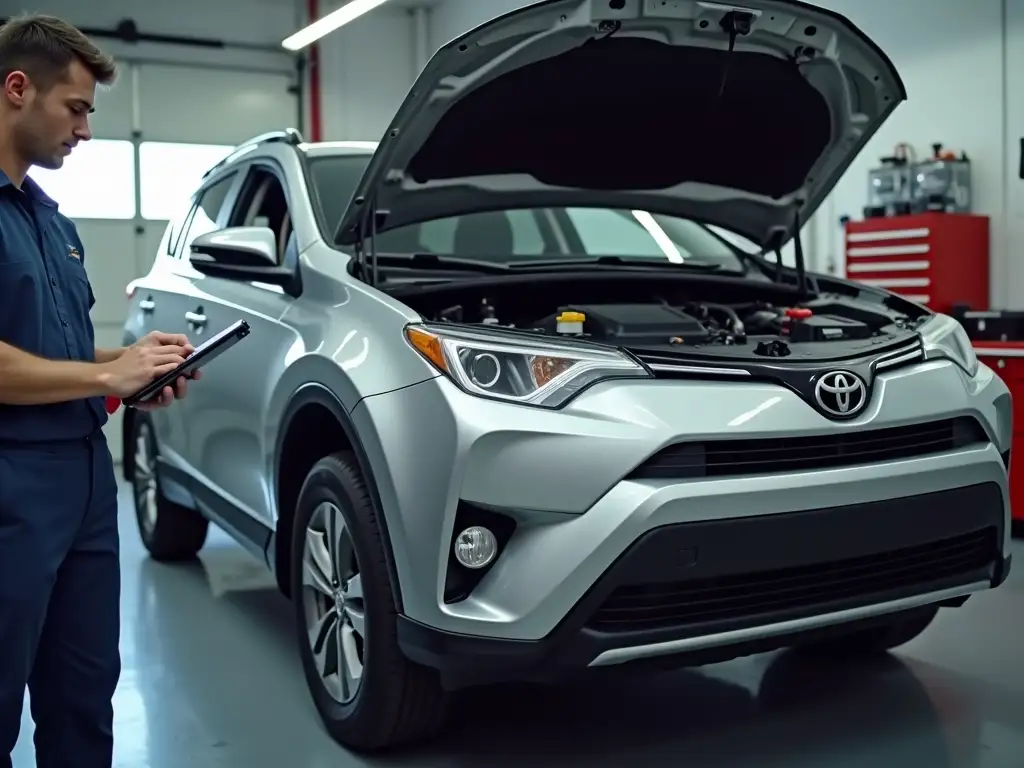Hey, let’s talk about your car’s warranty. Admit it, you probably just filed that booklet under “glove compartment junk,” right? We’ve all been there. But what if I told you that little booklet is basically a secret superhero for your wallet? Skipping the fine print can lead to some seriously nasty (and expensive) surprises down the road. This isn’t about confusing legalese—it’s about driving with total peace of mind. Let’s break down exactly what’s covered, for how long, and how to avoid those shocking repair bills. Consider this your cheat sheet to protecting your ride and your cash.
Table of Contents
1. What Is the Best Car Warranty Coverage?
So, what’s the best car warranty? Honestly, there’s no one-size-fits-all answer—it’s all about your ride and your life. Think of it like this: a strong policy is your safety net for the really scary stuff, like your engine, transmission, and those finicky electrical systems that cost a fortune to fix.
But the best plans? They go the extra mile. We’re talking 24/7 roadside assistance for a flat tire at midnight, a rental car so you’re not stranded, and even covered routine maintenance.
Here’s the real secret, though: you have to become a detective of the fine print. Some policies dazzle you with low prices, but then hide mileage limits or exclude the very part that’s likely to break. Look for a plan that matches your car’s age and your own peace-of-mind meter. Don’t just buy a name; buy the coverage that actually fits.

2. Understanding Car Warranty Coverage Cost
Let’s be real: the price tag is what makes most of us hesitate. It feels like an extra cost right now for a “maybe” problem later. But understanding what you’re actually paying for is the key to making a smart choice.
While that initial factory warranty is baked into your new car’s price, an extended plan is an investment in future you. Costs can swing from a few hundred to a few thousand dollars—but why? It’s not random. The final number depends on your car’s brand and model (a luxury repair costs more than an economy one, right?), the level of protection you choose, how long you want it to last, and your deductible.
Here’s the way to frame it: this isn’t just a fee. It’s predictable peace of mind. You’re swapping a potential, massive financial surprise for a known, manageable cost. A single major repair could easily cost more than the entire warranty, making that upfront price look like a bargain.
3. Common Questions About Warranty Payments
Okay, so the million-dollar question at the repair shop is always: “Wait, I have a warranty… so why am I getting a bill?” It’s a seriously common panic moment!
Here’s the deal. That original factory warranty? It’s usually awesome. Most big repairs are totally covered, no charge. But—and this is a huge but—some of them sneak in a deductible, kind of like your car insurance.
Now, if you bought an extended warranty later… that’s where it gets tricky. Those almost always have a co-pay you gotta cough up for each visit. Think of it like a doctor’s appointment for your car. And this is the most important part: basic maintenance is almost never included. So, oil changes, new tires, brake pads? Yeah, that’s still on you, warranty or not.
The real pro move? Don’t wait for something to break! Actually read that dang contract. I know, it’s boring, but it tells you exactly what you’ll owe. Spot the words “deductible,” “service fee,” and “exclusions.” Knowing that stuff beforehand is the only way to avoid that awful surprise when you go to pick up your keys.
4. How Long Is a Factory Warranty on a Car?
Let’s cut through the jargon. That “factory warranty” isn’t forever, and the clock starts ticking the day you drive off the lot. Here’s the real-world breakdown everyone actually needs.
Most brands give you a really solid 3 years or 36,000 miles of bumper-to-bumper coverage. That’s the good stuff. But the really important coverage—for your engine and transmission (the “powertrain”)—often lasts way longer. Think 5, even 10 years or 100,000 miles! Hyundai and Kia are famous for this, and honestly, it’s a huge selling point.
But the #1 thing people forget? It’s whichever comes first: time or miles. I blew past my mileage limit in two years because of a long commute, and my coverage vanished early. Total nightmare.
So, what happens when time’s up? You’re not necessarily doomed. You can shop for an extended warranty, but you gotta do it before the factory one expires to get the best price. Dig out your manual and circle that expiration date right now. Trust me, your future self will thank you for it.
5. The Real Truth About Warranties for Older Cars (10+ Years)

Let’s be brutally honest: finding good coverage for an older car is a different ballgame. That “bumper-to-bumper” dream is over, but that doesn’t mean you’re destined to gamble on every repair. Protection for high-mileage vehicles absolutely exists, but you must be a savvy shopper.
Yes, You Can Get Coverage (But Read This First)
Third-party providers specialize in older cars, but their business model is different. They know the risk is higher, so the policies are designed differently. You’re not buying “comprehensive” coverage; you’re strategically insuring against financial catastrophe.
Crucial Details Most Articles Don’t Tell You:
- The Inspection is Non-Negotiable: For any car over 10 years old, a pre-purchase inspection by a mechanic is almost always required. The provider will send an inspector to verify the car’s condition isn’t a pre-existing nightmare. This protects them—and it should protect you from buying a useless plan for a doomed car.
- “Exclusionary” vs. “Stated Component” Policies: This is the most critical distinction.
- Exclusionary: The gold standard. It lists what is not covered (e.g., glass, trim, wear items). Everything else is. These are rare and expensive for old cars.
- Stated Component: The common type. It only covers the parts specifically named (e.g., “engine block,” “torque converter”). If it’s not on the list, it’s denied. Scrutinize this list with a fine-tooth comb.
- The “Time/Mileage” Limit is Tighter: Don’t expect a 5-year term. For a 10-year-old car, a solid plan might only offer 2-3 years or 24,000-36,000 miles of coverage. The goal is to get you through the next major repair cycle, not cover the car forever.
Is It Worth It? A Practical Checklist:
- Worth Considering If: Your car is a reliable model known for longevity (e.g., a well-maintained Toyota or Honda), but a single major repair (engine/transmission) would cripple your finances.
- Probably Not Worth It If: The car has known recurring issues, is a luxury brand with prohibitively expensive parts, or the monthly premium would exceed what you’d comfortably save for repairs.
Your Action Plan: Only seek quotes from highly reputable, well-rated providers (look for AM Best financial strength ratings). Read every review focusing on claim payouts. Ultimately, you’re not buying a warranty; you’re buying the company that will honor it when your old car breaks down.
Your Car Warranty Questions, Answered
“What does a car warranty actually cover?”
Think of the big, scary stuff: your engine, transmission, and electrical systems. The best plans also throw in roadside assistance and a rental car if yours is in the shop.
“What’s a ‘bumper-to-bumper’ warranty?”
That’s the gold standard! It means almost everything is covered from, well, the front bumper to the back one. The key exceptions are wear-and-tear items like brake pads and tires.
“What’s NOT covered?”
You’re always on the hook for routine maintenance (oil changes, new wipers) and anything you break yourself in an accident. Always read the exclusions list—that’s where the surprises hide.
“Are warranty repairs really free?”
With a factory warranty, usually yes. But with extended plans, expect a small copay (like $100) per visit. It’s still a fraction of a major repair bill!
Let’s Wrap This Up
Look, I get it. Reading the fine print on a warranty is about as fun as watching paint dry. But here’s the thing—skipping it is how you end up with a four-digit repair bill that makes your heart stop. Seriously, whether your car is brand new or has seen a few too many road trips, getting a handle on your coverage is the ultimate power move. It turns “oh no” into “no problem.”
We really hope this guide took the confusion out of warranties for you. Did it help? Let us know down in the comments and please share it with a friend who might be stressing over their coverage!
Up Next:
- Best First Car: A Mechanic’s Honest Guide for Beginners, Teens, and Budget Drivers
- Touchless Car Wash: Safe Cleaning or Risky Shortcut?
Here’s to protecting your car, your cash, and your confidence on the road.
